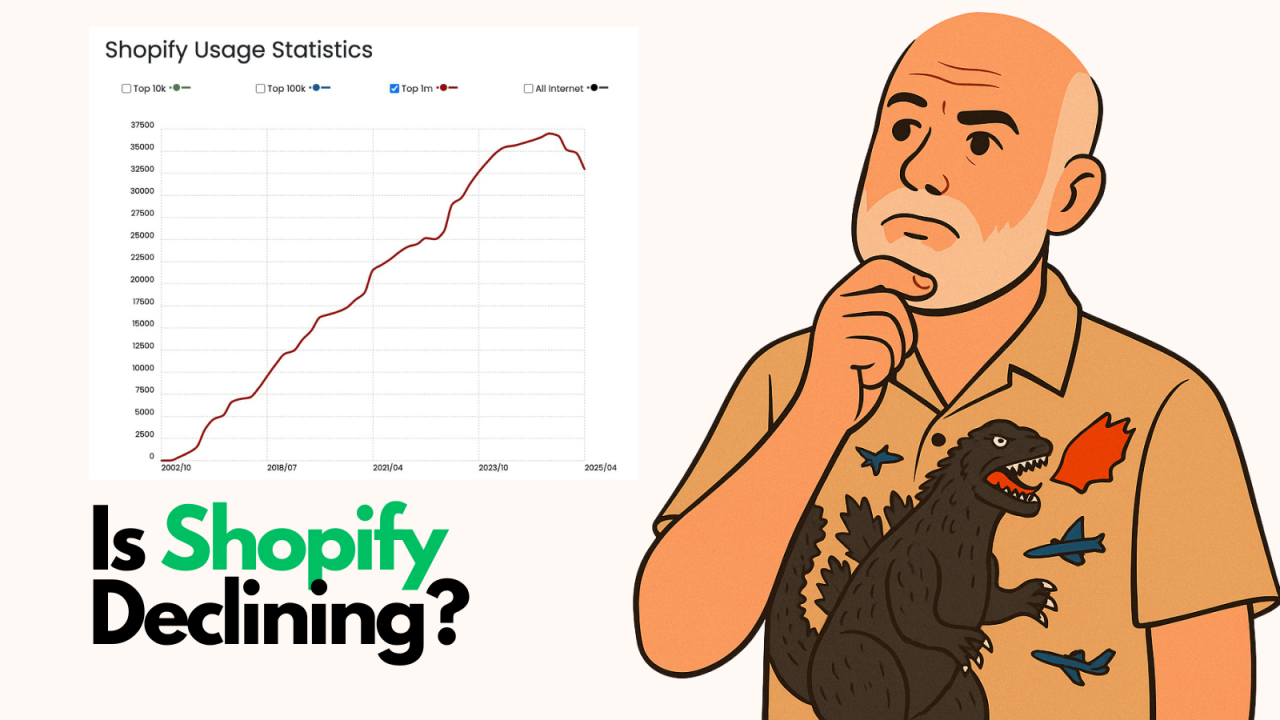

Image Source: FreeImages
As a digital marketer, you know that getting your website to rank high on search engines is crucial for driving traffic to your site. But what happens when your website gets a lot of impressions, but few clicks? This is a common problem that many businesses face, and it can be frustrating to see all that potential traffic go to waste.
The solution lies in working on your SEO daily. In this article, we’ll show you how to do just that. From optimizing your meta descriptions to using long-tail keywords, we’ll give you actionable tips you can implement immediately. So, if you’re ready to turn those impressions into clicks, let’s dive in!
Search Engine Optimization (SEO) is the process of optimizing your website to rank higher on search engine results pages (SERPs). The higher your website ranks, the more visible it is to users who are searching for keywords related to your business. SEO is essential for driving organic traffic to your site, which can result in increased leads, sales, and revenue.
However, SEO is not a one-time task. It’s an ongoing process that requires continuous effort to maintain and improve your website’s ranking. Daily SEO work can help you stay ahead of your competition and attract more potential customers to your site.
One of the most common problems businesses face is high impressions and low clicks. This means your website appears in search results, but users are not clicking through to your site. This can happen for several reasons, including poor meta descriptions, irrelevant content, and low-quality backlinks.
It would be best to focus on improving your website’s click-through rate (CTR) to turn impressions into clicks. This can be achieved by optimizing your meta descriptions, using long-tail keywords, improving user experience, and building high-quality backlinks.
Meta descriptions are HTML attributes that briefly summarize your web page’s content. They appear in search engine results below the title tag and URL. Meta descriptions are essential for attracting potential customers to your site and improving your CTR.
A well-written meta description should be concise and informative and include a call-to-action (CTA) to encourage users to click through to your site. It should also include relevant keywords to help search engines understand the content of your page.
To optimize your meta descriptions for higher CTRs, you should follow these tips:
Optimizing your meta descriptions can improve your CTR and attract more potential customers to your site.
Long-tail keywords are longer and more specific keyword phrases that users search for online. They are essential for improving your website’s ranking and attracting more targeted traffic to your site. Long-tail keywords are less competitive than short-tail keywords, making it easier for your website to rank higher in search results.
Using long-tail keywords can help you target users who are searching for specific products or services related to your business. This can result in more qualified leads and higher conversion rates.
To find and use long-tail keywords effectively, you should follow these tips:
By using long-tail keywords effectively, you can improve your website’s ranking and attract more targeted traffic to your site.
User experience (UX) is the users’ overall experience when interacting with your website. It includes factors like site speed, navigation, design, and content. UX is essential for improving your website’s ranking and attracting more potential customers to your site.
Search engines like Google prioritize websites that provide a positive user experience. This means that if your website is slow, difficult to navigate, or has low-quality content, your ranking will suffer.
To improve your website’s UX for better SEO results, you should follow these tips:
By improving your website’s UX, you can not only improve your website’s ranking but also attract more potential customers to your site.
Backlinks are links from other websites that point to your site. They are essential for improving your website’s ranking and authority. Backlinks tell search engines that other websites consider your content to be valuable and relevant.
However, not all backlinks are created equal. High-quality backlinks from authoritative websites are more valuable than low-quality backlinks from spammy websites. Building high-quality backlinks takes time and effort, but it’s worth it for its long-term benefits.
To build high-quality backlinks to improve your SEO, you should follow these tips:
By building high-quality backlinks, you can improve your website’s ranking and authority, which can result in increased traffic, leads, and revenue.
There are several tools and resources that you can use for daily SEO work. These tools can help you monitor your website’s ranking, identify opportunities for improvement, and track your progress over time.
Some essential tools for daily SEO work include Google Analytics, Google Search Console, SEMrush, Ahrefs, and Moz. These tools can provide valuable insights into your website’s performance, keyword rankings, backlinks, and more.
Turning impressions into clicks requires daily SEO work. Optimizing your meta descriptions, using long-tail keywords, improving user experience, building high-quality backlinks, and using tools and resources for daily SEO work can improve your website’s ranking, attract more potential customers, and increase your site your leads, sales, and revenue. With these actionable tips, you can start implementing daily SEO practices today and see the benefits for yourself.
Learn more about optimizing your website

Following up on my earlier post about BigCommerce's rebrand announcement, I got my hands on theCleveland...

By Brent W Peterson AI vs Shopify: Is Platform Dominance Ending in 2025?

The B2B OG Reality Check In 1995, I built my first B2B website for my then computer assembly company. It...